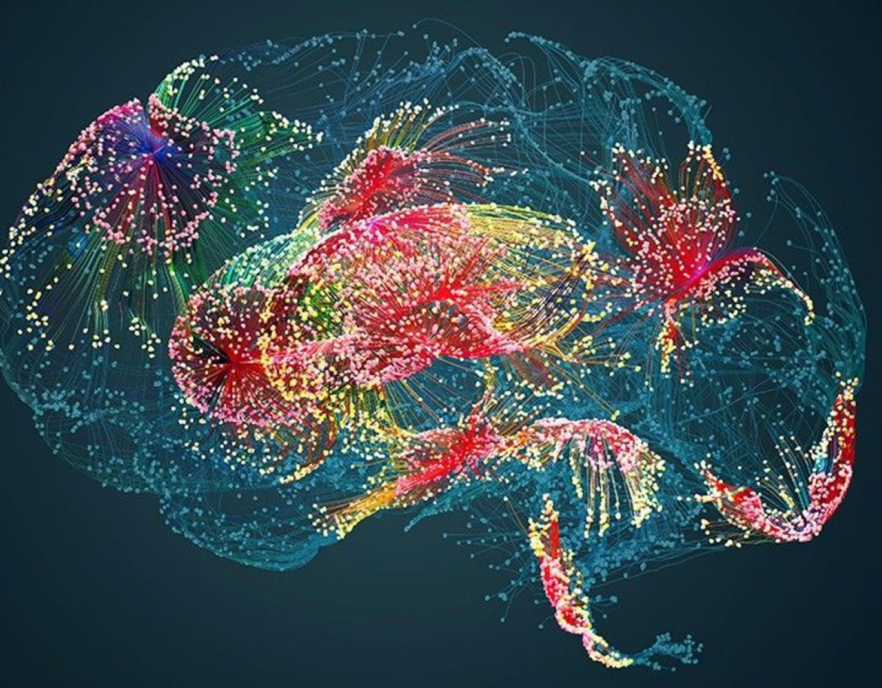Background
Adult hippocampal neurogenesis is the unique process of newborn neurons throughout life and plays a crucial role in human memory. Across neurological disorders this process is altered and can serve as a key indicator of disease progression and/or target for therapeutic intervention.
Research
Confocal microscopy of the kainate temporal lobe epilepsy model was used to identify a disease specific cell population produced by adult hippocampal neurogenesis in epilepsy. This was further identified and explored in single-cell sequencing data from human temporal lobe epilepsy patients. Typically, cells either mature to become neurons or glia, however here we find unique cells that express both markers for these distinct cell types.
Potential Impact
These findings have important implications for our understanding of adult stem cell progeny maturation, identifies a novel therapeutic focus and further validates the kainate model for studying temporal lobe epilepsy.
